Some cars have been so outrageous, be it in their performance, weight or economy, that they needed tailor-made tyres. Here are our favourites
Words: Sam Skelton
It’s terrifying how few people truly think about tyres – not just the pressures and the tread depths, but the tyres themselves. Not only are there several tread patterns with differing qualities, but even the compound of the rubber and the flexibility of the sidewall design can have a drastic effect upon the handling characteristics of a car.
The contact patch between those four pieces of rubber and the tarmac can fit onto a sheet of A4 paper, and yet it’s this which stands between the driver and certain death in the event of an accident. Logically then, you’d want the best tyres you could get – and because all vehicles are different, it’s clear that the best tyres for a Daimler Dart might not be the best tyres for a Range Rover.
Several manufacturers have recognised this – and not only have they brokered deals to use a particular brand on their new cars, but they have in many cases worked with the tyre manufacturers to develop rubber which works with the design of the suspension to ensure the car functions as it was always intended. It’s possible to run these cars on more generic tyres, but it will be to the detriment of the experience. In some cases, sizing or rating issues mean that these really were the only suitable tyres for the cars in question.
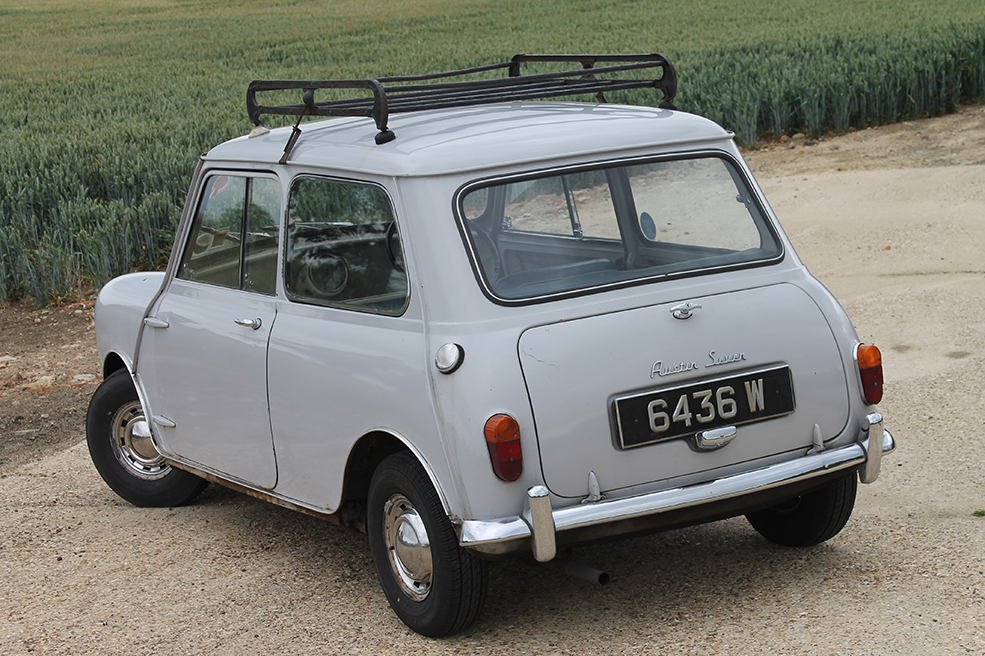
Mini
One of the best-known examples of this was the original Mini. Developed in the wake of a fuel crisis, the Mini was intended to put a stop to the microcar craze by offering buyers a genuine four-seater with luggage space for a knockdown price, a car with fuel efficiency and space efficiency to rival (or even better) ‘bubbles’ like the Isetta where possible.
With a focus on minimalism right down to the thickness of the steel used in the doors, the Mini was as compact and austere as a four-seater could reasonably be expected to be. Its creator, Alec Issigonis, was notoriously domineering and pedantic – the car was supposed to be exactly ten feet long, and he never quite came to terms with the extra quarter inch gained by the production model.
With small wheels a recent vogue in the mid 1950s when the car was being developed, and 13-inch diameter units the smallest in regular production, Issigonis’s assertion that the Mini would need smaller wheels and tyres was met with a degree of apprehension. Microcars such as the Messerschmitt were running with ten-inch wheels, and Issigonis felt that this would be perfectly adequate for the Mini. After all, smaller wheels meant smaller arches, and less intrusion into the precious cabin space. Issigonis had championed even smaller wheels, at just eight inches across – but tyre manufacturer Dunlop rejected this suggestion in favour of the (by comparison) more conventional 10-inch wheels on the grounds of production feasibility.
Subsequent Minis would be offered with larger wheels; 12- and 13-inch designs would find their way onto the car, and in both instances ride and handling would be compromised. It was clear that the ten-inch wheel was the best choice for the Mini, but with nothing else using it there were undoubtedly cost savings for Austin Rover and Rover Group by switching to a size which was shared with other models toward the end of the car’s production life.
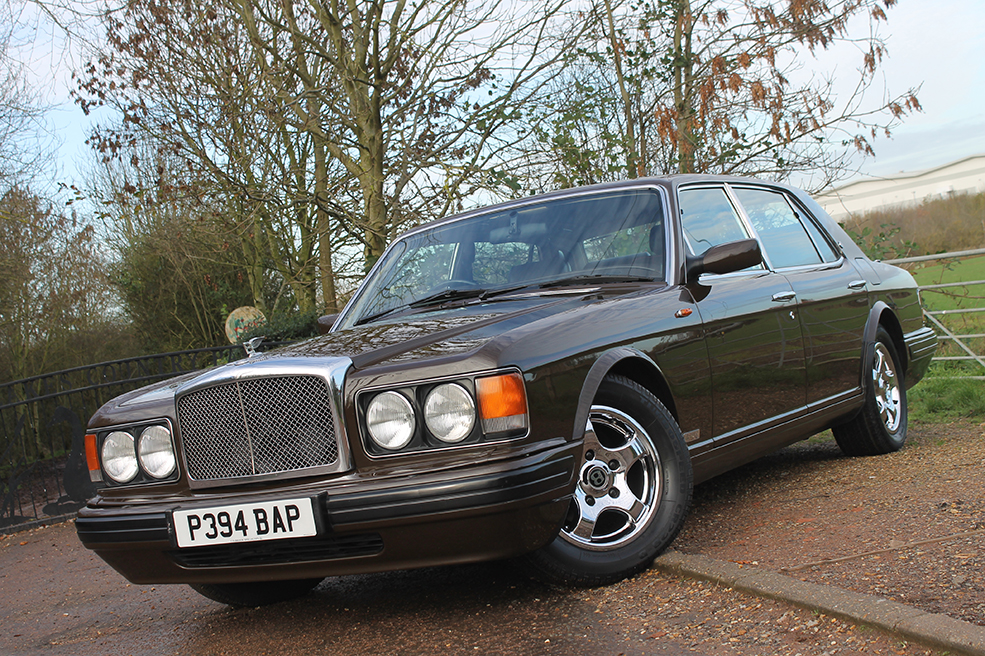
Bentley Mulsanne Turbo
The development of the Bentley Mulsanne Turbo posed difficulties for Rolls-Royce. After all, the wheels on the standard Silver Spirit were an unusual size, and already tyres were supplied for the model solely by Avon. But the 235/70/15 Avon Turbosteels were not up to the additional performance offered by an engine capable of power outputs in the region of “adequate plus 50 per cent” – or 298bhp in the real world. Lower profile tyres were not an option, as Rolls-Royce and Bentley customers were used to the finest ride and any compromise in sidewall depth could affect this. The sole solution was to develop a new tyre; the Avon Turbospeed. Even then, performance had to be limited to 135mph, as the new design was not capable of exceeding this speed safely.
Developments for later cars meant that the speed limiter could be removed, but Avon remained the official supplier for all Rolls-Royce products. Later models fitted with larger wheels are available with a wider choice of tyre suppliers, but the Turbospeed remains the only road tyre capable of reining in a Turbo R.
This has led to complications for the market today, given that the Mulsanne Turbo and Turbo R are relatively affordable models today and owners perhaps don’t all have the disposable assets available to the buyer of a new Bentley.
Many owners today baulk at the price of Turbospeeds (£275 per corner from Flying Spares) and fit mud and snow tyres intended for all wheel drive vehicles, but this is not safe for anyone intending to use the performance of their cars to the full. A safer option today would be to source 17-inch wheels from a later car or a Continental R, which are available with safe and cost-effective rubber.
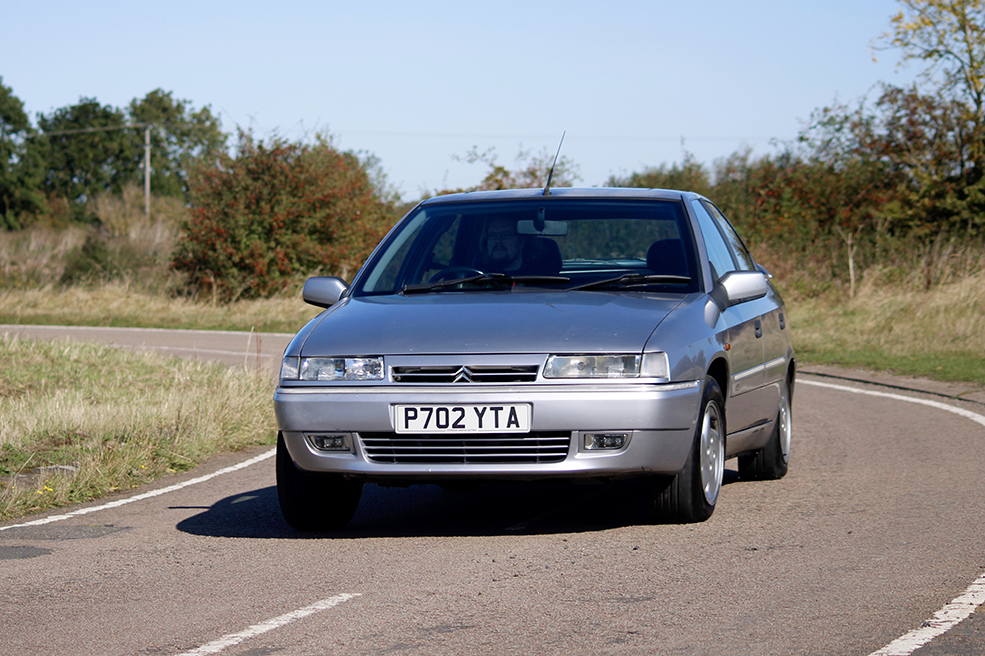
Citroёn Xantia Activa
The Citroёn Xantia Activa, until recently, held the world record for the infamous “Elk test”, where a car is required to swerve at speed around an obstacle and maintain stability. It did this primarily by being the first car in the world to employ a wholly active suspension system – one which built upon Citroёn’s oleopneumatics to ensure near zero lean. To do this, it also required tyres that would work with the system, would deflect in exactly the right way, and would grip beyond the level where most tyres would start to scrub.
Citroёn’s system used hydraulic rams deployed when sensors detected lean greater than half a degree in either direction, and which either pushed or pulled the car back toward level. These rams were mounted diagonally on opposing corners of the car to ensure full front and rear coverage. The design required sidewalls with minimal deflection given that the car’s lack of movement subjected them to greater force than usual, and a relatively soft compound in order to maintain grip at levels beyond which normal tyres would have communicated distress to the driver.
The suspension was almost too good for its own good – with no give or lean, often the first a driver would know of a sticky situation would be a sudden loss of grip at any speed from 5mph upwards. The Michelin Pilot SXGT is no longer available, however, and the lack of performance tyre availability in 205/60/15W today means that many are on inappropriate rubber. Most these days will be found on Michelin Energy Savers; owners believing that maintaining the brand is the safest solution. However, these tyres were not designed to withstand the forces an Activa can place upon them and care should be taken.
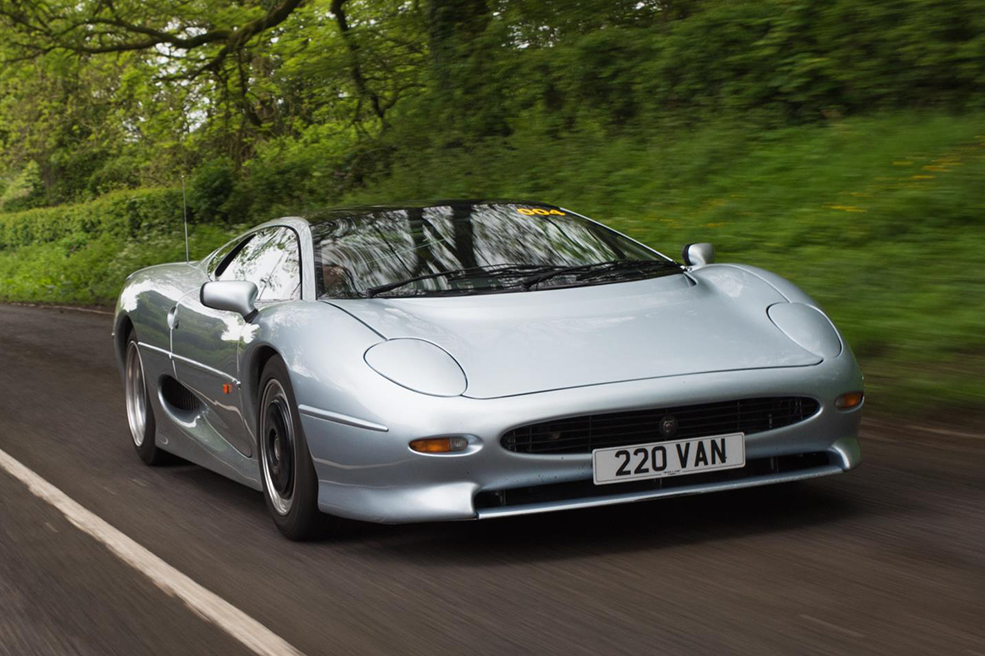
Jaguar XJ220
The Jaguar XJ220 didn’t exactly have a charmed gestation period. If you had put your £57,000 deposit down in 1988, you’d have been expecting a V12-engined all-wheel drive colossus. At £415,000 it wouldn’t be cheap – but it would be the fastest road car in the world.
By the time of your car’s delivery five years later, it had a 3.5-litre twin turbocharged V6 and rear-wheel drive. And the McLaren F1’s launch the following year knocked the XJ220 off the top spot almost as soon as it had earned it, with a top speed of 231mph. Unsurprisingly, customers tried to seek refunds and cancel delivery of the car they now didn’t want – not only was there a recession, but the car wasn’t what had been sold to them.
Jaguar ultimately took buyers to court to force them to take delivery of a car which bore little resemblance to the one that they had signed up for half a decade earlier. But litigation wasn’t enough; Jaguar still only sold 259 of the 350 cars it had planned to build. Just 281 were produced – and the final 22 remained unsold by 1998, four years after production had technically ended. Jaguar in desperation offered them out for £150,000.
Even if you were fortunate enough to have bought at that price, you couldn’t drive it for long. Within barely two decades, supplies of the original Bridgestone Expedia S01 tyres had run low – while 255/55/17 is not common for the fronts, nobody was making the 345/35/18s needed for the rear. That is, until 2018 when Bridgestone and Pirelli both decided to offer them in limited batched courtesy of pleas by Don Law Racing. No current figures exist online, but when they were reintroduced one new outlet reported that they cost around £6000 per set!

McLaren F1
An Atlanta-based businessman once claimed that McLaren tried to charge him $50,000 for a set of tyres for his McLaren F1. What’s worse is that the tyres were only $7000 – the rest was for fitting and balancing, which McLaren claimed necessitated the hire of a racing circuit, pro driver and liability insurance to ensure the tyres remained in balance at extreme speeds.
The obvious question for anyone reading this is “Why not just take the car to Kwik Fit?” For a start, there are the sizes. Like the Jaguar, the McLaren’s 235/45ZR17 front tyres are not as abnormal a size today as they once were. But again like the Jaguar, the 315/45ZR17 rears aren’t exactly the sort of thing you can buy off the shelf.
Even if they were, the Evergreens you’d doubtless be offered would in no way be up to the power, torque or top speed potential of what was once the fastest production car ever made. And then there’s the fitment. McLaren was right to quote the hire of a circuit and driver – it may be possible to balance wheels off the car to a point, but if you start to feel a wobble when you’re doing 210mph, things get very scary very quickly.
Goodyear’s tyre – called the ‘F1’ for obvious reasons – was developed using the latest technologies of the era – computer modelling, CAD/CAM generation, lightweight materials, and construction methods which would be safe at higher speeds. These tyres were specialist, and thus not cheap – and if McLaren buyers perhaps carped at how few miles they might get from a set, this was because McLaren advocated regular replacement in the pursuit of safety rather than allowing them to remain on the car for long enough to crack. Costly? Yes, but necessary…
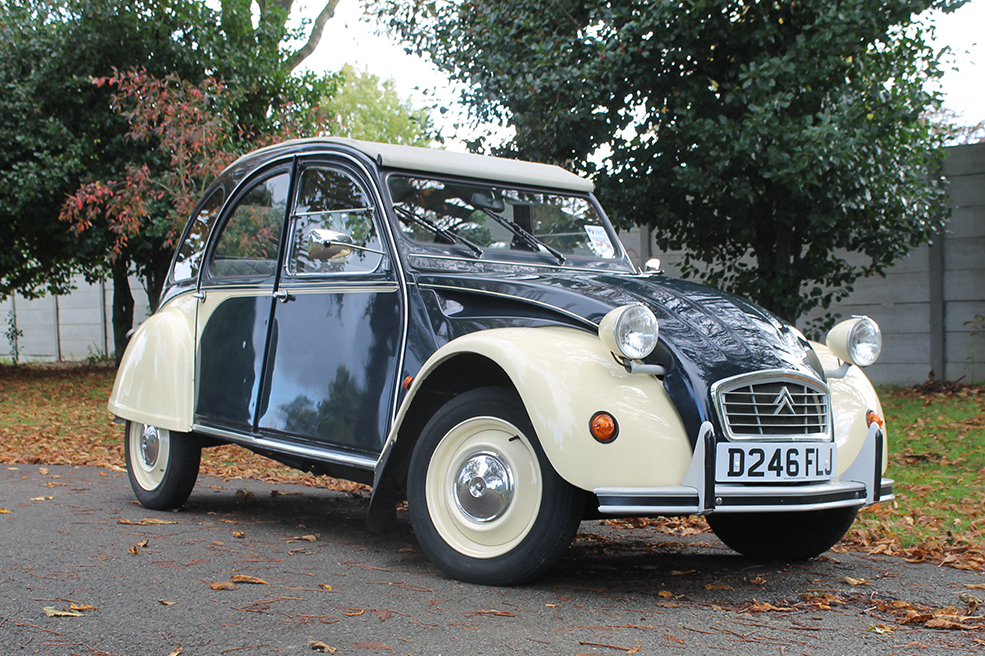
Citroёn 2CV
The humble Citroёn 2CV is arguably the one car that deserves a place in art museums around the world. It was designed to be so minimal it almost hurt, a wheeled umbrella for peasants and farmers to use to get their provender to market. But it was the first car to be developed in part around the genesis of an all-new tyre concept – the radial ply, first produced by Michelin in 1946 and first fitted as standard to the 2CV in 1949. At the time Citroёn was actually owned by Michelin and the cars were very much seen as showcases for the parent firm’s products.
The radial ply tyre concept was simple. At the time tyres were constructed using corded belts at a diagonal across the tyre tread. This led to softer sidewalls and a more forgiving ride – the downsides being that the tyre could overheat more easily, deflect more willingly and result in a loss of grip at lower speeds.
The radial ply construction method, with the belts arranged at right angles to the tread, ensured that more of the tread remained in contact with the road surface at the cost of comfort which could in turn be built back in by the use of softer sidewalls made from new rubber featuring synthetic compounds. The result was a safer, more durable and more advanced tyre, and a design which is universal on cars today.
But the 2CV couldn’t use-off-the-shelf versions of the pioneering Michelin X radial tyre. Its wheels were unusually slim across the tread– 125mm wide, which necessitated a narrower tyre than the ones Michelin had initially developed. These were only produced in a fitment for wheels 400mm (15.75 inches) in diameter – a specific size found not only the Michelin-financed 2CV and other Citroёns of the era (which quickly also gained Michelin X tyres as standard equipment) but the likes of the Lancia Aurelia. The latter was also offered with crossplies on conventional 16-inch wheels, demonstrating that the metric wheel was Michelin’s attempt to retain a captive audience for its X tyre.
Subsequent 2CVs from 1960 would keep the narrow width but reduced the diameter to a neater 15 inches, reflecting the end of the exclusive Michelin patent for radial technology. The ground-breaking Citroёn DS would follow, switching to 15-inch wheels from 1965.






